Guest post courtesy of Sabine Schleese. The views and opinions expressed in this article are those of the guest author and do not necessarily represent the views of Val Heart & Heart Communication Enterprises Inc. This article was previously published March 23, 2012 and was updated on June 18, 2023.
What to Watch for When Buying a Saddle
The art of fitting a saddle to both horse and rider is something which is not explained in a few sentences; indeed something new can be learned every day, as each client brings with him or herself something different to consider.
A well-designed and correctly fitted saddle is vital to the performance of both horse and rider.
Whatever type of saddle is chosen, the main consideration is that it should fit both horse and rider.
To check that it does so, not only must the rider sit on it, but it should be put on the horse and its fit must be studied before it is bought.
A badly fitted saddle not only causes discomfort to the horse and rider, but can actually stop a horse from moving properly.
The tree and panels of a saddle should be chosen to fit the horse, and the seat and flap length should be chosen to fit the rider…
Every rider rides by feel and yet saddles are purchased with the eye.
Visual impressions can be misleading – sometimes the narrowest looking saddle in the seat will actually feel excessively wide, and vice versa.
The eye focuses on the seaming spacing behind the pommel, yet the rider focuses on the “feel” between his legs.
That’s why we say,”Buy with the eye and ride with the feel”.
The simple truth is that if the rider is not comfortable in the saddle, the horse will not be comfortable for long either, regardless how well the saddle fits him.
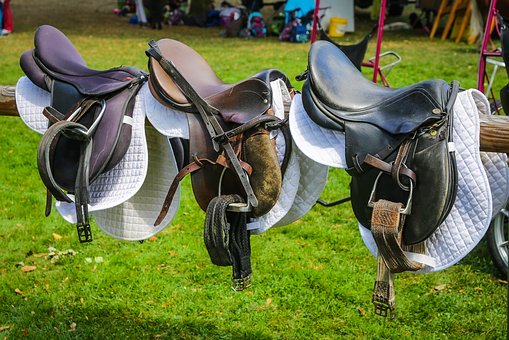
Saddles are built using measurements by hand, and by feel.
But, paradoxically, the most important measurements are those of the rider, not the horse.
The horse will change its conformation between 3 and 5 times over the course of its life as it matures.
These changes can be so drastic that you need to either buy completely new saddles, or adjust the fit of the saddle (tree) accordingly.
But the rider (unless he/she gains or loses in excess of 50 pounds) will basically stay the same.
There are 15 points of reference that should be used to fit the rider, and only 11 points of reference to fit the horse.
Some of these reference points are explained below.
Reference Points
Saddles are built to be adjustable to accommodate these conformational changes in the horse, not for the rider.
This means that if you don’t buy the right saddle for yourself from day one, it will never work for you regardless of how many adjustments are made to the tree, seat, foam, etc. after the fact.
Saddles are just not made that way.
The proper way to measure the seat size of an English saddle is diagonally from either saddle nail (on the side of the pommel) to the centre of the cantle.
Adult seat sizes vary from 16″ to 19″, with 17″ to 17½” being the most common.
You must try out several makes to see which feels most comfortable, because even half an inch can make a difference.
Different makes of the same size can also feel differently.
In addition, the saddle trees vary in width where the saddle is between your legs, in their depth, and in the amount of seat foam, which is essentially the padding.
There are of course different “fads” and popular riders that influence choices in forward, center, or rear balance, deepest points, etc.
When you have found a model that feels comfortable to you, it must be taken to the horse to see how it fits on it’s back.
Saddle size must take into consideration, not only the size for the rider, but also the length of the horse’s back.
Much can be done with panels to ensure that comfort of the horse is paramount – for instance, if you have a small person (with a 17″ saddle) and a very long-backed horse, the panels may be lengthened to ensure the saddle distributes weight far enough back on the horse to ensure balance and comfort.
Otherwise, the rider may be sitting too far forward if only her seat size is taken into consideration.
Flap size and location must also be considered – this is why certain anatomical measurements on the rider are important to ensure that the leg is properly “covered” by the flap and positioned properly.
The correct positioning on the horse is vital.
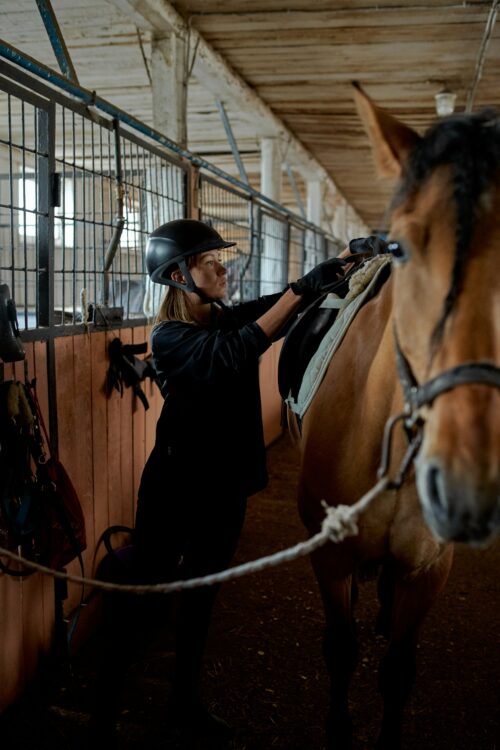
The saddle should be placed on the horse’s back at the withers and then pushed back to make sure the hairs are smoothed down.
The tree points (where the tree is put into the panel pocket) should be positioned behind the shoulder blades, preferably facing backwards to allow complete freedom of movement at the shoulder.
The centre of the saddle should lie horizontally to the ground to ensure proper positioning of the deepest point.
When viewed from behind it is easy to see if the saddle is straight.
Between the withers and the pommel there should be two to three fingers of clearance, since this space will be decreased with the weight of the rider and the pull of the girth.
This clearance should ideally be all the way around the withers to avoid pinching at the pommel of any kind – something that is not commonly known nor commonly followed!
The withers is one of the places many saddles are too “tight” on the horse, causing extreme discomfort.
Veterinarians refer to this as the “vise grip” on the horse’s back – it is also where the stallion bites the mare to demobilize her during mounting.
The saddle should at no point touch the backbone along the whole of its length.
The gullet chamber should be wide enough in order not to interfere with the spinal processes nor the dorsal ligament system of the horse’s back.
The rider should then mount to see if his or her seated position is correct – for instance, for dressage the shoulders, hips and heels should be in one straight vertical line.
One frequent problem is that (due to insufficient or improper stuffing) many riders find themselves sitting too far back in the saddle.
An attempt to alleviate this is usually done with a keyhole (or other) pad, which often in effect does nothing, because the rubber (or whatever material) can compress so tightly as to have an almost nonexistent effect.
In addition, the rubber gives one the feeling of “swimming” on the horse’s back.
This situation can be remedied with proper re-stuffing or a panel wedge in the event that greater height is required to bring the rider more forward in the position.
Proper stuffing does not always mean more stuffing.
The panel is essentially a cushion and too much stuffing (which can be as bad as too little) can harden the panel to the extent of losing the cushioning effect.
With a properly fitting saddle, you should only need a thin, quilted cotton pad – to protect the leather, nothing more!
The area where the saddle sits on a horse’s back is essentially straight, but if you view your saddle from underneath, many times the panel will be rounded to a great extent, which results in “rocking” on the horse.
The panel itself should not only be essentially flat, (at least for the first 2/3), but also fairly wide, in order to allow the maximum weight distribution over the
horse’s back.
You can expect comfort in your saddle, as should your horse.
The saddle is the interface to protect the vertical component (your spine) as well as the horizontal component (your horse’s spine).
After all, you are making an investment in something that should assist you in your riding pleasure, not having to fight it to make things work!
Photo by Edward Castro from Pexels
Sabine Schleese, B.Sc., MBA
Director of Corporate Affairs/VP Sales
SCHLEESE – The Female Saddle Specialist
Download my FREE Ebook Hidden Secrets to Communicating with Horses – just click on the picture below!
Did you enjoy this article about buying a saddle? Here are three more to help you:
How To Help Your Horse’s Winter Colic
Horse Clicker Training with Amanda Martin on the Real Dr. Doolittle Show™
12 Things You Didn’t Know About Elise Gaston Chand and Horse Whispering


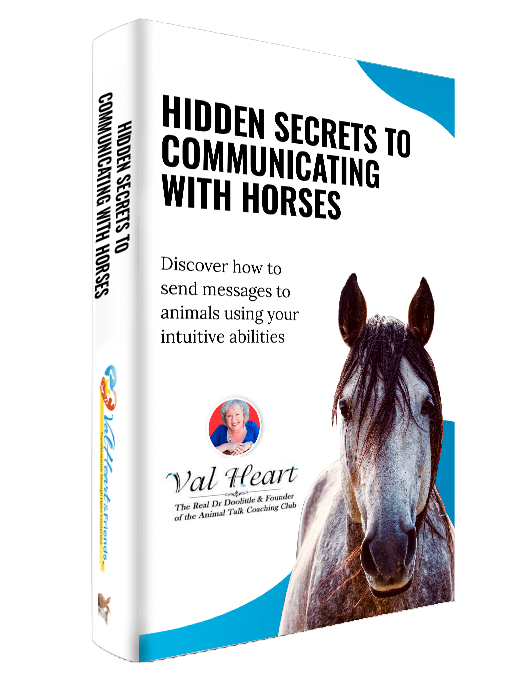
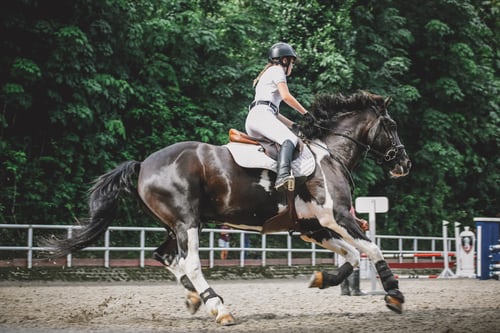
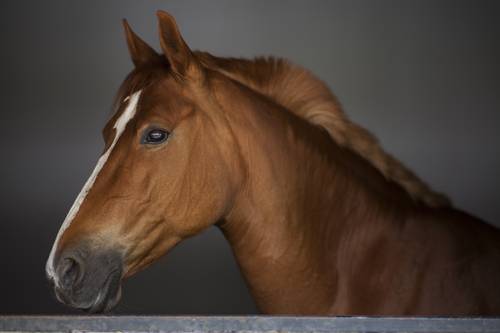


Leave a Reply